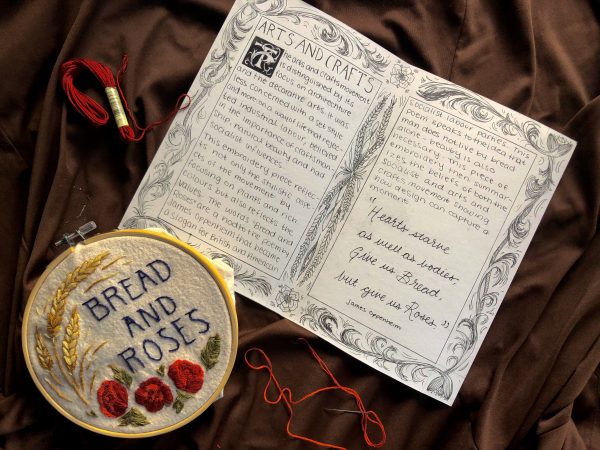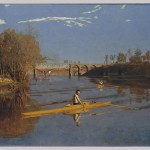Month November 2020
Arts and Crafts Embroidery Piece The Piece “The Arts and Crafts Movement is distinguished by its focus on architecture and the decorative arts. It was less concerned with a set style and more on a way of life that rejected… Continue Reading →
Thomas Eakins, an artist with such talent and prestige that I am shocked to never have heard of him before. Perhaps it is because he was a realist, a movement that was dominated by the French masters Courbet, Daumier and… Continue Reading →

Annibale Carracci was one of the most admired painters of his time helping to distinguish the Baroque style and completing masterpieces such as the Two Children Teasing a Cat and the Pieta.
Annibale emerged from humble beginnings, being the son of a tailor his entrance into the artistic world was through his cousin Ludovico who persuaded both his brother Agostino and himself to join his profession of painting. Annibale was remarkably gifted and quickly surpassed his cousin in talent causing the trio to go on a journey to Northern Italy to further refine their skills by studying the great Italian painters.
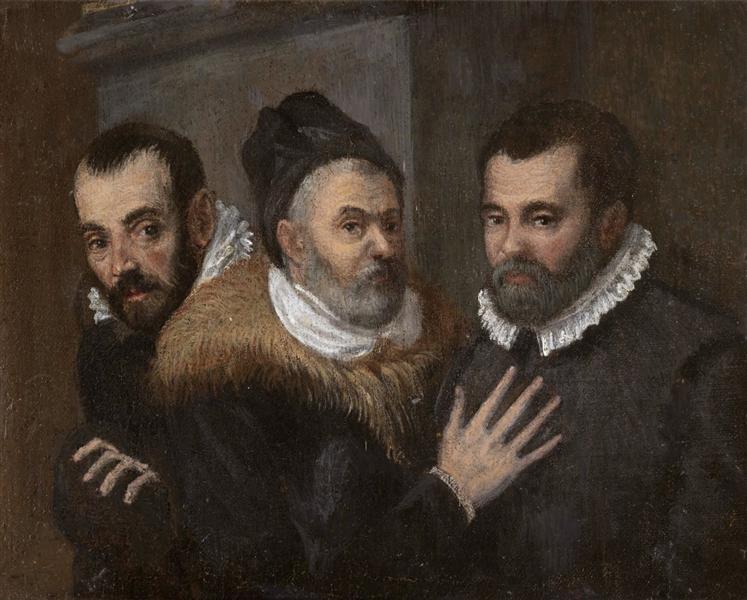
Some say that while they were there they lodged with the artist Jacopo Bassano who deeply influenced Annibale’s style. These origins led to a love of Renaissance work and a passion to bring this era back to the modern age. This assimilative perspective towards the past artist was in deep contrast with another great Baroque artist, Carravaggio, who had an attitude of challenge and combat with history.
In the beginning of his career, Annibale with his cousin and brother set out on a quest to transform Italian painting as they knew it. The Carracci’s viewed themselves as heirs to the great artistic tradition and set themselves within history before the world knew who they were. This trio despised the artificiality of the Mannerist movement and made the return to nature and studying Correggio, Titian, Tintoretto and Veronese, the great Italian Renaissance painters.
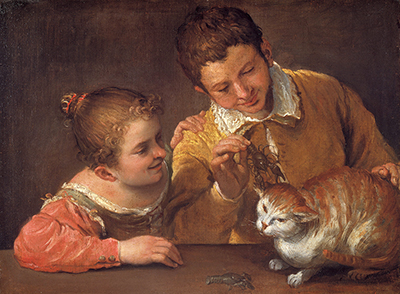
They worked with real models that gave a new presence and immediacy to their pieces, something that would later inspire the great artist Caravaggio. Annibale was innovative and experimental, creating a new form of broken brushwork that captured movement and light in a fresh way. This would be seen in their altar pieces that were filled with colour, light and the study of nature bringing back the tradition of northern Italian painting but with a new twist in technique and focus on ‘emotive communication’.
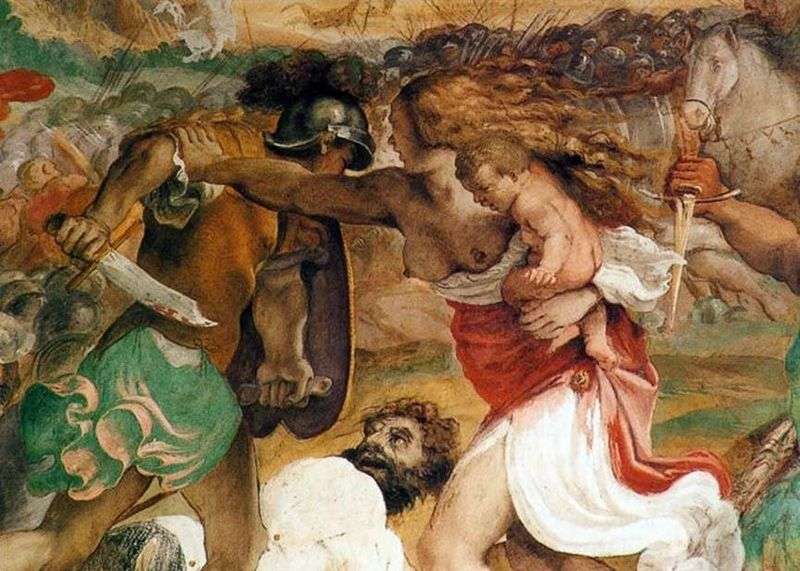
Working for various patrons in his early works, Annibale’s first great masterpiece was born through the collaboration with the other Carracci on the Palazzo Magnani frescoes. Annibale displayed open, airy landscapes in these palaces that not only set him apart from other artists at the time but also helped to show genre as a key subject in Italian fresco painting.
After this work Annibale travelled to Rome to work for the young but rich cardinal Odoardo Farnese (part of the wealthy Farnese family that had been a patron of Carracci years before).

Odoardo wanted his palace to be lavishly decorated with frescos so Annibale quickly went to studying Michelangelo and Rapheal to adapt his style. Annibale was to decorate the ceiling with love fables from Ovid. They interwove illusions of reality (perspective, chiaroscuro) in a way that was even more complex and well delivered than Rapheal’s work. It showed intensely rendered models and powerful compositions that reflect the work of Michelangelo’s Sistine chapel work. The frescos were moving, filled with colour, intensity and dynamic movement.
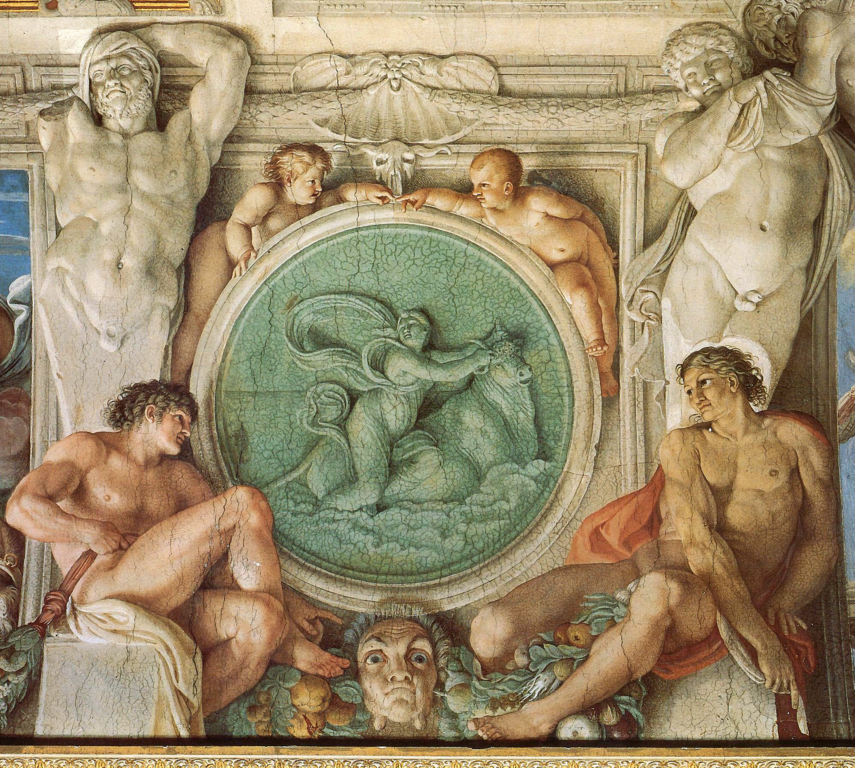
The Galleria Farnese quickly became and still remains one of the most influential pieces for young painters to study and was an especially important piece for other Baroque artists such as Peter Paul Rubens and Gian Lorenzo Bernini. This caused Rubens and Bernini’s work to go on the rise while Carravaggio’s was in decline as his work was not suited for fresco pieces.
Annibale had many influential and historic works throughout his career but his biggest claims to fame are his rediscovery of the 16th century painter Correggio who was lost from history for a decade, as well as his creation of the basis of Baroque art through his northern Italian naturalism and roman painting inspiration. He lived the life of an introverted genius who never got the recognition he deserved in society. He suffered a great loss of being drastically underpaid while working for the Farnese family which led to his abandonment of his craft. He had a stroke which left him “disturbed in the mind” and speechless for a short time. In his final works he created some of his greatest religious paintings before contracting a fever which would result in his death. Annibale died, leaving the world with his final words of drama, acceptance and pain :
"This time, my dear doctor, the workings of the clock are broken, you need not concern yourself with them further, they are beyond repair, the hours have run out."
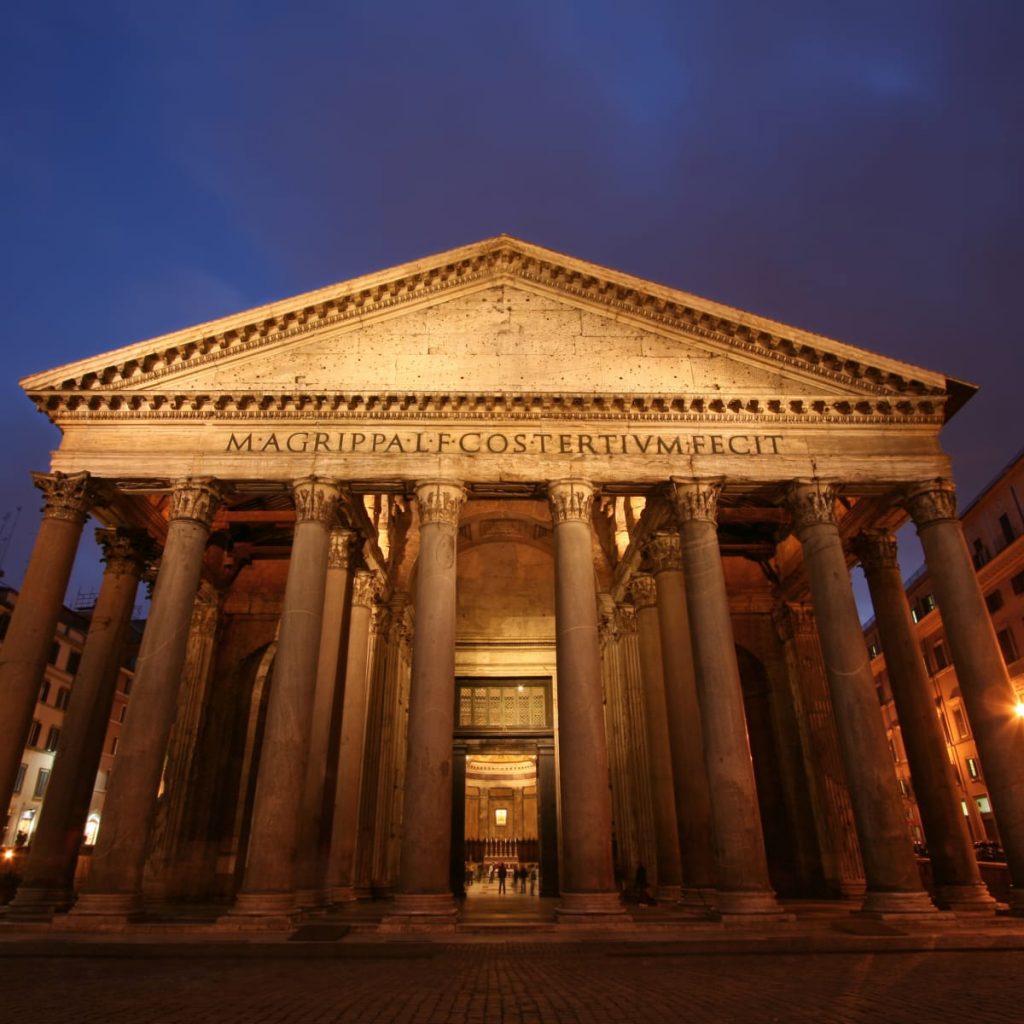
Annibale was buried with the greatest circumstance and recognition that he did not receive in his living years. He was buried next to his idol Rapheal in the Pantheon of Rome, a fitting place for the great master.
- Christiansen, Keith. “Annibale Carracci (1560–1609).” In Heilbrunn Timeline of Art History. New York: The Metropolitan Museum of Art, 2000–. http://www.metmuseum.org/toah/hd/carr/hd_carr.htm (October 2003)
- https://cdn.britannica.com/12/182212-050-7786236E/Portrait-Giulio-Mascheroni-lute-oil-canvas-Annibale.jpg
- http://www.caareviews.org/reviews/1032#.X5NpsmdKhb8
https://www.artble.com/artists/annibale_carracci - portrait
https://www.wikiart.org/en/agostino-carracci/portrait-of-annibale-ludovico-and-agostino-carracci - trio
http://www.annibalecarracci.com/two-children-teasing-a-cat/ - genre painting
https://painting-planet.com/paintings-by-palazzo-magnani-by-annibale-carracci/ - fresco
Annibale Carracci was one of the most admired painters of his time helping to distinguish the Baroque style and completing masterpieces such as the Two Children Teasing a Cat and the Pieta. Annibale emerged from humble beginnings, being the son… Continue Reading →
